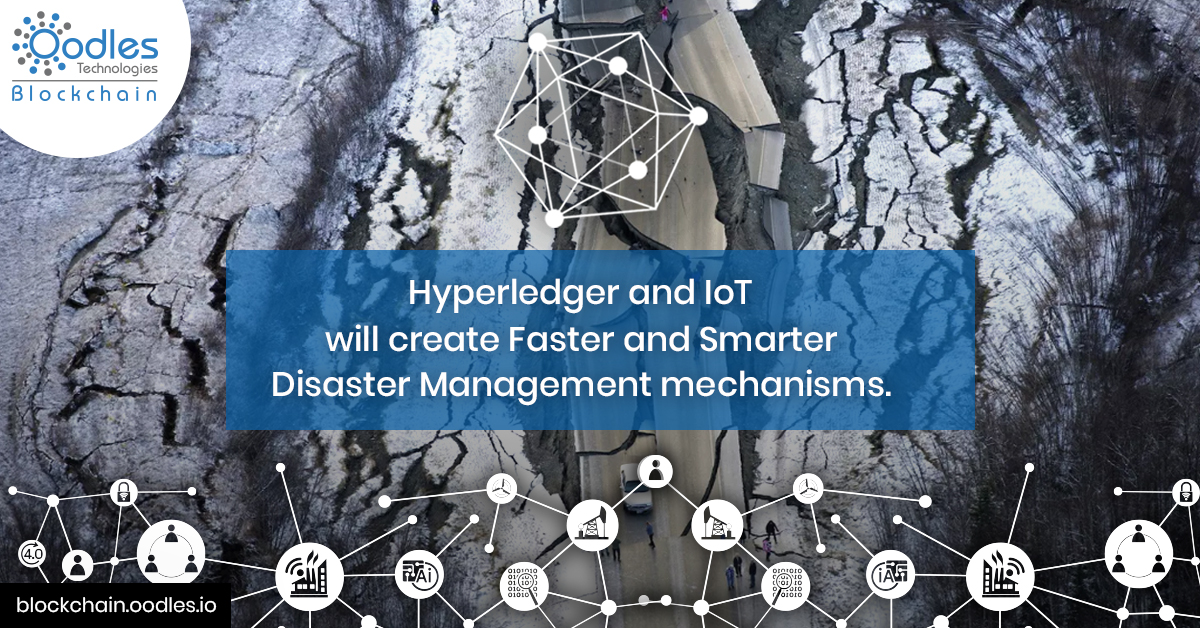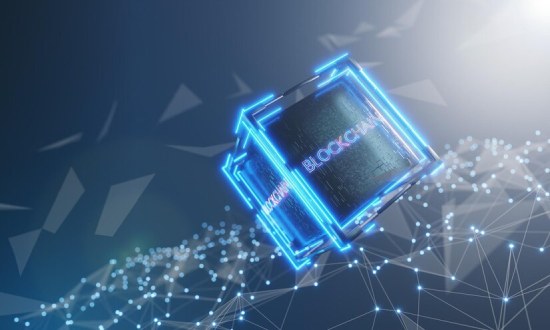-
The recent earthquakes of Tennessee and Georgia have stronger implications. Although the US has enough resources, it is time to seek new options for disaster management, especially in relief delivery and creating public alerts. Blockchain Technology like Hyperledger and IoT innovations could be of much assistance. Hyperledger Blockchain Application and Internet of Things in disaster management will maximize the efficiency of conventional systems while minimizing the requirement of resources.
Since the beginning of this December, the United States is being hit by three major earthquakes. The 6 December earthquake in Alaska had back-to-back tremors with magnitudes of 7.7 and 5.4. Even the aftershocks of the tremors came up more than 10 times shaking the icy land. This natural disaster again hit the US in Tennessee and Georgia on December 12 with around 4.4 magnitude. Even if Tennessee is known to have frequent earthquakes, occurrences of such tremors might be an indication of stronger disasters ahead. The US also deal with yearly Hurricanes, ravaging the country from corner to corner. Solutions like Hyperledger Blockchain application and IoT can create better and more efficient mechanisms to handle the situations.
Blockchain Solutions and IoT in Disaster Management
The efficiency of blockchain solutions and Internet of Things in disaster management is a highly investigated subject. IBM has been actively working to leverage the advantages of Cloud, Internet of Things, Artificial Intelligence and Blockchain in disaster management. The Call for Code initiative is a project with an investment of USD 30 million over the next five years beginning from mid-2018. IBM has a strong contribution in Hyperledger Blockchain Application and the technology has massive potential.
Blockchain and IoT can help in disaster management at several major fronts. The primary ones are Building Transparency among different groups, cross-border aids, building Insights into relief initiative, fast communication, and on-time follow up. Distributed Ledger Networks can be effectively used in building transparency among the entities involved in relief works. Blockchain can build a shared network among Government, medical suppliers, transport services, the affected people, food providers, shelter providers, and communication services. This network can work as the central system to manage communication and delivery.
Read More: Blockchain in Military and Defence.
Read More: Blockchain in Public Governance.
Read More: Blockchain in Healthcare.
Read More: Blockchain in Automotive Industry.
The Advantage of Hyperledger Blockchain Application and IoT
Hyperledger Blockchain Application can be used to developed distributed ledgers. Several entities related to disaster management will participate in such networks to update information and their status of operations. This will help each participant in the chain, including the victims of the disaster, to track the progress of relief works. Such an application will work as the central vigilance system accessible to every participant. People will be able to track relief materials and know the accurate time to receive them. Its interoperability with IoT offers a massive advantage.
Another major issue distributed ledgers can eradicate in the time lag due to record keeping of aid and relief materials. Hyperledger blockchain solutions and connected devices can automate record keeping by completely eradicating third-party authentication services and creating a shared database built on mutual trust of tracking sensors. This will impact execution time, reducing it by a large factor.
Additionally, a common issue in disaster management is the inability to update information about the exact processes and tasks involved in the evacuation of victims, search and safety precautions. Often military services are involved in relief work and there is no mechanism to track the processes and situations they go through. Such information is crucial in decision making and to improve the state of relief works. Hyperledger Blockchain Applications and connected devices will assist in information collection by the military and other relief agents.
Also, blockchain and distributed ledgers based on Hyperledger and IoT will increase the privacy of victims. Sensitive information recorded in the blockchain can be blocked from public purview or made inaccessible to parties not related to it. Distributed ledgers and Permissioned Blockchain can be used to achieve such objectives effectively.
Read: The Latest Hyperledger Library.
Read: Hyperledger Trends to Watch in 2019.
Read: Hyperledger and IOTA Nexus.
The interoperability of Hyperledger with IoT offers a massive advantage to Hyperledger Blockchain Application. Exploring blockchain solutions with technologies like IoT can create efficient systems. Disaster management needs quick and effective responses. Blockchain technology will impact positively in both of these aspects.

Our Offices
INDIA
Emaar Digital Greens, Sector 61,
Gurugram, Haryana
122011.
Welldone Tech Park,
Sector 48, Sohna road,
Gurugram, Haryana
122018.














